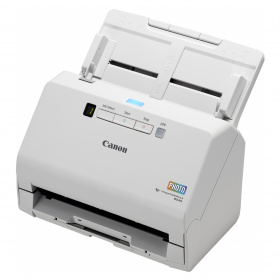

The good news is that the scanner need not be Linux/SANE compatible. For a complete list see the documentation on the SANE project homepage. The SANE backend libraries provide access to a large range of scanners connected through SCSI or USB.
#Twain sane for windows 64x for mac os x#
You can now also go the other way, and share a Windows Scanner With Linux, MacOS, Android, ChromeOS and more over the industry standard driver-less eSCL (aka AirScan) protocol. From the developer: TWAIN SANE is a TWAIN datasource for Mac OS X that acquires images using the SANE backend libraries.
The most powerful feature is its ability to query back-ends for scanner specific options which can be set by the user as a scanner profile.SwingSane is a powerful, cross platform, open source Java front-end for using Scanner Access Now Easy ( SANE ) back-ends. This is going to be more complicated than using saned and wiasane, but it would allow you to use the scanner from any device that has a web browser. SwingSane is a graphical scanning front-end for SANE. Apache) using Fedora's package manager, and then follow the instructions on the Github pages linked above to set up either the PHP-based scanserv or the nodejs-based scanservjs.

#Twain sane for windows 64x install#
These don't seem to be available as packages for Fedora 35, so you would have to install a web server (e.g. (TWAIN is the older Windows scanner API.)Īlternatively, you could set up a web-based network scanner user interface: the simple scanserv or the more fancy (and more complex to set up) scanservjs. SaneTwain is known to not work with 64-bit Windows applications. WIA is the modern Windows scanner API that allows Windows applications to accept input from a scanner.įor older Windows systems, there is also a SaneTwain driver but it is 32-bit only and apparently no longer actively maintained. On Windows, you could then use the wiasane driver to allow Windows to connect to saned and use the scanner. Note that this is available as the sane-backends-daemon package on Fedora, so you won't need to follow the source-code-based installation instructions on the page linked above. You'll get SANE on Fedora by using Fedora's standard package management tools to install the sane-backends and sane-frontends packages.Īfter that, you can set up the saned service on the Fedora system to share the scanner over the network. The correct SANE scanner backend component for Canon G2000 seems to be sane-pixma, documented here. You should first set up SANE on Linux so that the scanner works on the Linux system locally.


 0 kommentar(er)
0 kommentar(er)
